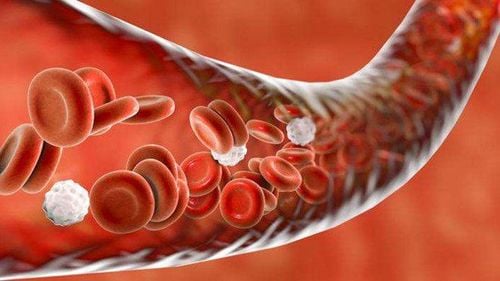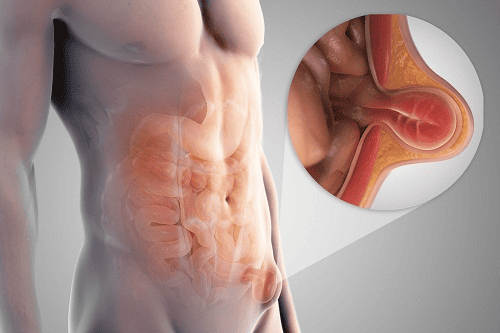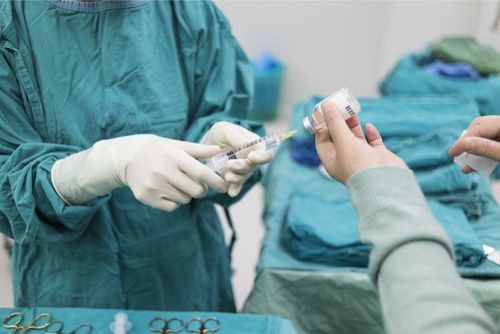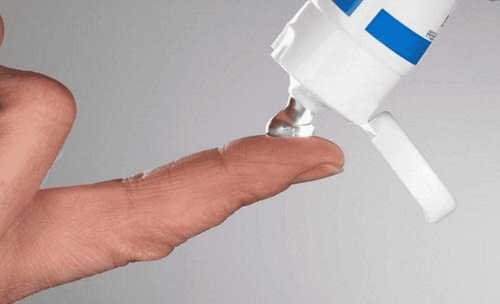This is an automatically translated article.
The article was professionally consulted by Specialist Doctor I Ho Quoc Tuan - Anesthesiologist - General Surgery Department - Vinmec Nha Trang International General Hospital.Arthroscopic surgery for sacroiliac joint degeneration is a relatively complicated technique. However, anesthesia for this surgery is often straightforward and can use a variety of methods. Brachial plexus anesthesia is the technique of choice when the patient has no contraindications to regional anesthesia.
1. What is sacroiliac joint degeneration?
The shoulder joint does not have as much movement as other joints, but it gives the arm a great range of motion, where it connects the shoulder blade of the arm with the skeleton of the body.When you have osteoarthritis at the same time, there will be aseptic inflammation in that joint. Pain and inflammation of the sacroiliac joints can be caused by trauma or overuse.
Knee osteoarthritis often progresses gradually over time and causes pain and limitation of movement of the shoulder and arm. The patient will feel pain, swelling, and effusion on the outside of the shoulder. Pain increases with shoulder movement and decreases with rest.
There are 2 methods of treating sacroiliac joint degeneration:
Treatment of sacroiliac joint degeneration by medical methods: Changing movement habits; cold compress or use anti-inflammatory pain relievers, corticosteroid injections. Treatment of sacroiliac joint degeneration by surgical methods: After medical treatment for 2-3 months but the condition does not improve, the patient may need surgery. Arthroscopic brachial arthroplasty is usually chosen if the patient has no contraindications to regional anaesthesia.
2. Why should brachial plexus anesthesia be used for arthroscopic sacroiliac surgery?

Phương pháp phẫu thuật thoái hóa khớp cùng đòn chống chỉ đinh với bệnh nhân rối loạn đông máu nặng
This is a regional anesthetic technique that is performed by applying local anesthetic or a mixture of local anesthetics to the brachial plexus sheath. Based on anatomical, route, and related features, there are several major pathways for brachial plexus anesthesia. For sacroiliac arthroplasty, the anesthesiologist should choose the brachial plexus neuraxial block for the brachial plexus.
This method is contraindicated in the following cases:
Allergy to local anesthetics; inflammation of the needle puncture site Severe coagulopathy Insufficient means of resuscitation or technical incompetence
3. Technical implementation steps
Step 1: Prepare emergency equipment, monitor and resuscitate; circulatory resuscitation drugs, anticonvulsants; anesthetic equipment and anesthetic...Step 2: Pre-operative examination for the patient, cleaning the anesthetic area and having the patient lie on their back, head turned to the opposite side, place a small pillow under the shoulder blade, hands along the body.
Step 3: Select the anatomical landmark which is the slits of the anterior and medial trapezius muscles; line across the level of the cricoid. The puncture point is the intersection between the line passing through the cricoid cartilage and the space between the trapezius muscles. Direct the needle from top to bottom, from outside to inside, from front to back, avoiding the external jugular vein.
Step 4: Gently push the needle until you feel paresthesia or motor response of the arm, forearm or hand muscle groups; Withdraw the needle 1-2mm and then inject the drug.
4. Management of complications after surgery

Sốc phản vệ cần được xử trí kịp thời
Poisoning by local anesthetics: Stop using local anesthetics, anticonvulsants, respiratory and circulatory resuscitation, intralipid infusion when poisoning with local anesthetics bupivacaine and ropivacaine.
Technical complications: Inject the drug into the blood vessels and inject local anesthetic into the subarachnoid space or the epidural space in the neck.
There may be other complications: infection, hematoma at puncture site, nerve damage... needing respiratory and circulatory emergency, bandages where the needle is inserted, aspiration or drainage of the pleural cavity.
Vinmec International General Hospital with a system of modern facilities, medical equipment and a team of experts and doctors with many years of experience in medical examination and treatment, patients can rest assured to visit. examination and treatment at the Hospital.
Doctor Quoc Tuan has many years of experience in the field of Anesthesiology - resuscitation at Hoan My Danang Hospital and Phu Yen Provincial General Hospital before being an Anesthesiologist and resuscitator at the Operating Room - Department of Medicine. General surgery of Vinmec Nha Trang International General Hospital as it is today.
To register for examination and treatment at Vinmec International General Hospital, you can contact Vinmec Health System nationwide, or register online HERE.
SEE MORE
Is anesthesia as scary as you think? Types of anesthesia, commonly used anesthesia Commonly used anesthetic methods














